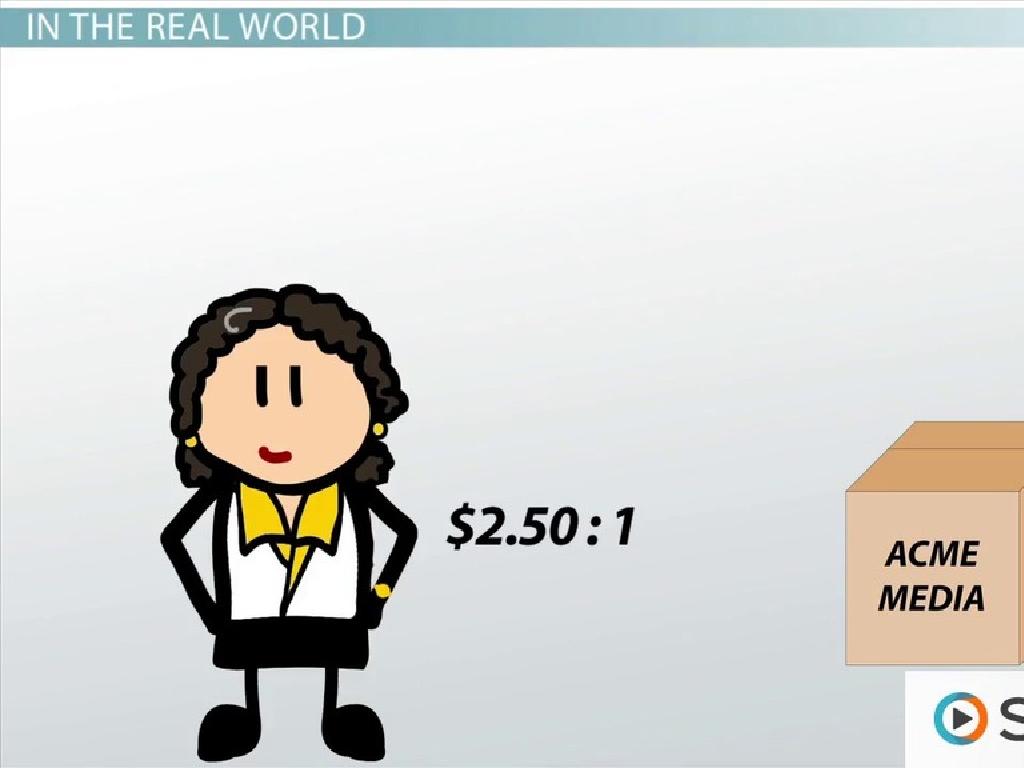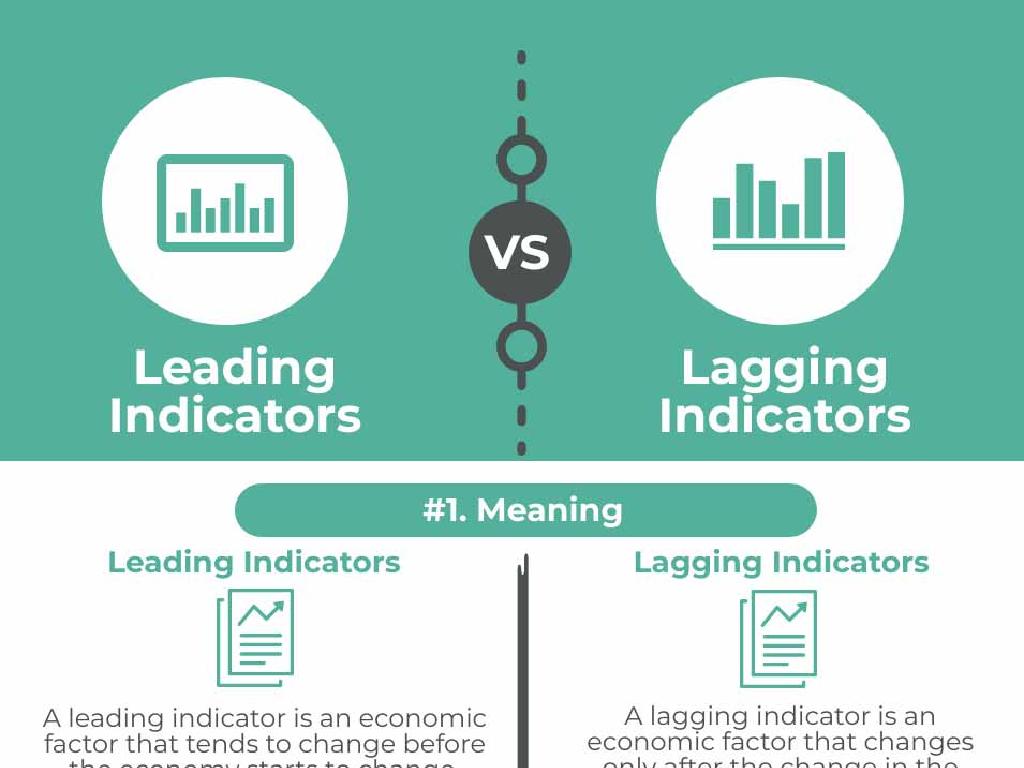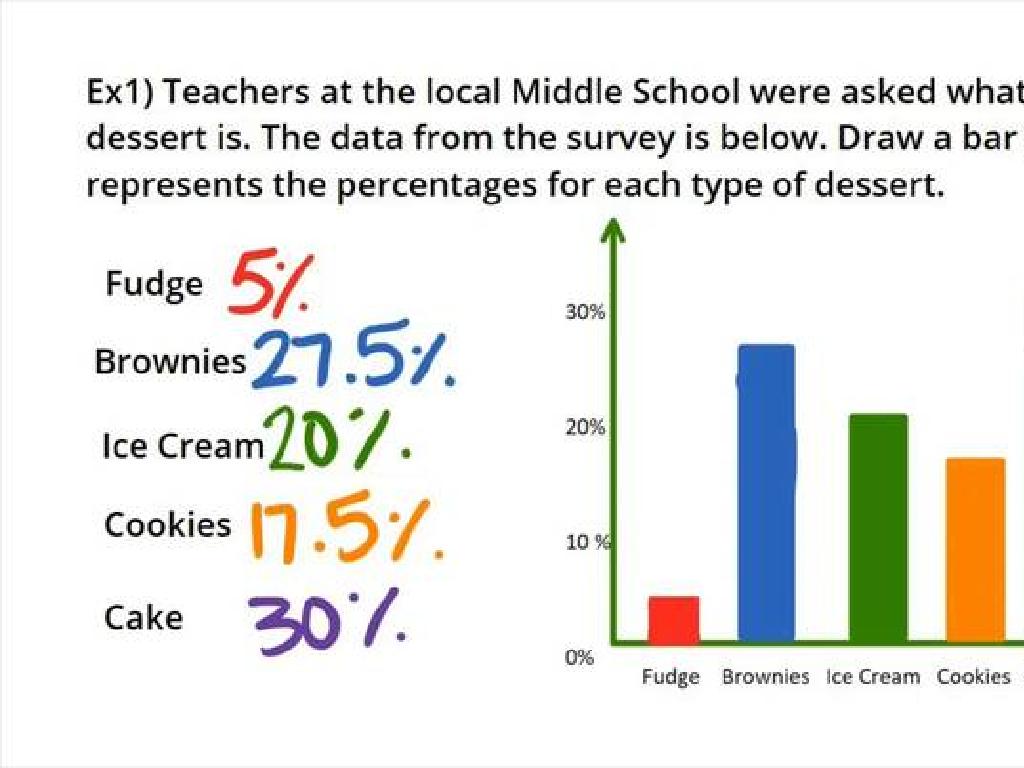To Be: Use The Correct Form
Subject: Language arts
Grade: Third grade
Topic: Verb Tense
Please LOG IN to download the presentation. Access is available to registered users only.
View More Content
Mastering ‘To Be’ Verbs
– Introduction to ‘To be’ verbs
– Using ‘am’, ‘is’, and ‘are’ correctly
– ‘Am’ is for I, ‘is’ for he, she, it, ‘are’ for you, we, they
– Importance of the correct ‘To be’ form
– Using the right form helps us communicate clearly
– Practice examples together
– We’ll do class exercises for better understanding
|
This slide introduces the concept of ‘To be’ verbs, which are foundational in English grammar. It’s crucial for students to understand the different forms ‘am’, ‘is’, and ‘are’ to construct sentences correctly. Emphasize that using the correct form of ‘To be’ is important for clear communication. Provide examples like ‘I am happy’, ‘She is my friend’, and ‘They are playing’. Engage the class with practice exercises where they fill in blanks with the correct form of ‘To be’, and encourage them to create their own sentences using ‘am’, ‘is’, and ‘are’.
Understanding the Verb ‘To Be’
– Verbs show actions or states
– ‘Run’ and ‘jump’ are action verbs
– ‘Is’ and ‘are’ are ‘to be’ verbs
– Examples: He is happy. They are friends.
– ‘To be’ verbs show a state of being
– It tells us what something or someone is like.
|
This slide introduces the concept of verbs to third-grade students, focusing on the ‘to be’ verbs. Begin by explaining that verbs are words used to describe actions, like ‘run’ and ‘jump’, or states of being, like ‘is’ and ‘are’. Emphasize that ‘to be’ verbs do not show action but instead describe a condition or state. Use simple, relatable examples to illustrate ‘to be’ verbs in use, such as describing emotions or relationships. Encourage students to think of other examples of ‘to be’ verbs and how they are used in sentences to describe states of being.
Using ‘To be’ in the Present Tense
– ‘To be’ forms: am, is, are
– ‘Am’ pairs with ‘I’
– Example: I am happy.
– ‘Is’ goes with he, she, it
– Example: She is my friend. It is a cat.
– ‘Are’ used with you, we, they
– Example: You are smart. They are playing.
|
This slide introduces the verb ‘To be’ in the present tense, which is a fundamental building block in English grammar. It’s crucial for students to understand the correct usage of ‘am’, ‘is’, and ‘are’ to construct sentences accurately. Provide examples for each case to solidify understanding. For instance, ‘I am’ is only used with ‘I’, while ‘is’ is used with singular third-person pronouns, and ‘are’ is for plural subjects or the second person ‘you’. Encourage students to create their own sentences using these forms during the lesson to practice and reinforce their learning.
Let’s Practice: Using ‘To Be’ Correctly
– Fill in: I ___ happy. (am)
– Fill in: She ___ a teacher. (is)
– Fill in: They ___ playing soccer. (are)
– Fill in: It ___ a sunny day. (is)
|
This slide is an interactive class activity designed to help students practice using the correct form of the verb ‘to be’. Each sentence has a blank where students will fill in with ‘am’, ‘is’, or ‘are’. Remind the students that ‘am’ is used with ‘I’, ‘is’ is used with singular nouns or pronouns, and ‘are’ is used with plural nouns or pronouns. Encourage the students to say the sentences aloud as they fill in the blanks, and correct them gently if they make mistakes. This exercise will help reinforce their understanding of subject-verb agreement with the verb ‘to be’. After completing the activity, ask volunteers to share their sentences to ensure understanding and to give them practice speaking in front of the group.
Using ‘To be’ in Sentences
– ‘Am’ with I: I am happy
– ‘Is’ with he, she, it: She is here
– ‘Are’ with you, we, they: They are playing
– Practice making sentences
– Use ‘am’, ‘is’, ‘are’ to describe actions or states
|
This slide is aimed at teaching third-grade students the correct usage of the verb ‘to be’ in its various forms. Start by explaining that ‘am’ is used with ‘I’, ‘is’ is used with ‘he’, ‘she’, or ‘it’, and ‘are’ is used with ‘you’, ‘we’, or ‘they’. Provide examples for each case and then encourage the students to create their own sentences using these forms. Emphasize that ‘to be’ can describe actions that are happening now or states of being. For the practice activity, students can write sentences about themselves and their surroundings using ‘am’, ‘is’, and ‘are’. This will help them understand the concept in a fun and interactive way.
Class Activity: Verb Charades
– Let’s play charades with ‘To be’ verbs
– Act out a verb for others to guess
– Use ‘am’, ‘is’, or ‘are’ in your guess
– Guess like ‘He is jumping’ or ‘She is running’
– Have fun and learn verb forms
|
This interactive class activity is designed to help students understand and practice the correct forms of the verb ‘To be’. Each student will take turns acting out a verb without speaking, while the rest of the class tries to guess the verb being acted out. Remind students to use ‘am’, ‘is’, or ‘are’ appropriately when making their guesses, depending on the subject. For example, ‘I am dancing’, ‘He is eating’, ‘They are laughing’. This activity will reinforce the concept of verb tenses and agreement in a fun and engaging way. Prepare a list of verbs for students to act out and ensure that each student gets a turn. Encourage participation and praise correct usage of ‘To be’ verbs.
Mastering ‘To Be’ Verbs
– ‘To be’ verbs show state of being
– ‘Am’ pairs with ‘I’
– I am happy.
– ‘Is’ goes with he, she, it
– She is here. He is running. It is cold.
– ‘Are’ is used with you, we, they
– You are smart. We are friends. They are playing.
|
Congratulations on learning about ‘To be’ verbs! It’s important to remember the correct forms: ‘am’ is only used with ‘I’, ‘is’ is used with singular third-person pronouns (he, she, it), and ‘are’ is for plural pronouns (you, we, they) and also with ‘you’ which is both singular and plural. Encourage the students to practice these in different sentences to become more familiar with their usage. Regular practice will help solidify their understanding and ensure they use ‘To be’ verbs correctly in their writing and speaking.






